How the Great War laid waste to liberal education
The First World War unravelled adult authority over the next generation.
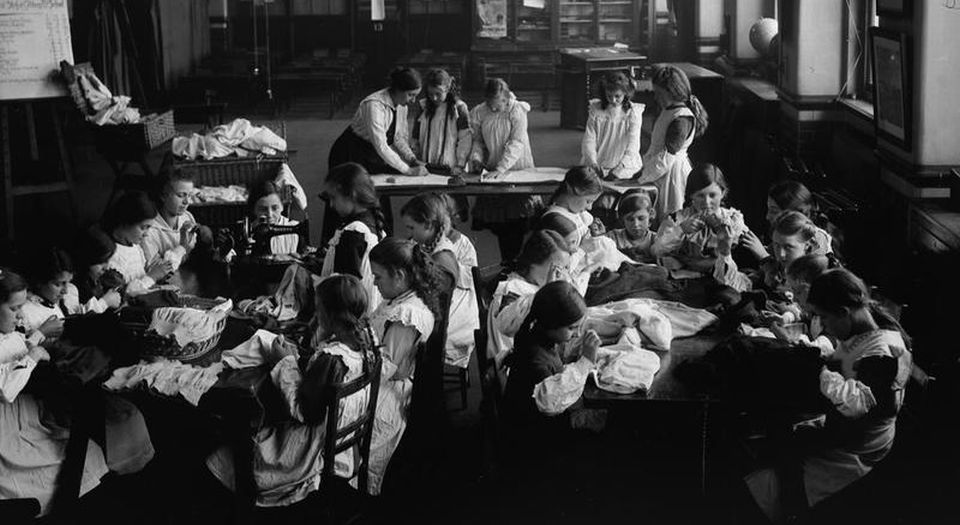
In the third of spiked’s essays on the First World War, Frank Furedi explores how education suffered irreparable damage at the hands of wartime philistinism.
During the decades before the First World War, Western governments started to view education as a means to prosper in an increasingly competitive global environment. Geopolitical rivalries, you see, were not limited to the economic and military spheres; they erupted into the cultural sphere, too. That is why Britain’s education reformers were able to seek support for their cause by warning of the threat posed to Britain by the superior school systems of Germany and the United States.
The publisher and public-library advocate, Thomas Greenwood, argued in 1894 that Britain was falling behind Germany and the US: ‘The national need is that we be not placed at any disadvantage in the neck-and-neck race of competition with the Germans and Americans which has become inevitable, as the existence of libraries generally in the midst of these nations has given the people an advantage which has been lacking in English life, and it will take us years to overtake the drawbacks, on this account.’ (1)
Other reformers pointed out that, by 1914, the German state was spending 2.5 per cent of Germany’s national product on education, whereas the British government was spending only 1.5 per cent. Leading British politicians, like Lord Haldane, argued that the absence of a coherent system of national education diminished Britain’s economic and commercial position, which in turn undermined the nation’s military power.
Yet despite these warnings about the perilous consequences of falling behind the educational achievements of other nations, the British government did very little to modernise the school system. ‘Education, it must be admitted, is not popular in England’, wrote one advocate of school reform in April 1913 (2). However, the outbreak of the First World War forced governments in Britain and abroad to take education far more seriously. Modern warfare fought on an industrial scale required the input of education and science, and although successive governments’ focus was on the outcome of military struggles on the battlefield, they each concluded that the war effort required schools and universities to make a serious contribution.
The reaction against traditional education
When, during the outbreak of war in 1914, the Times Educational Supplement noted that ‘every great war in the modern world has been followed by changes in education’, it probably had little idea of the scale of the impending revolution in the classroom. Educators and policymakers interested in schooling embraced the war as an opportunity to promote their ideals. Advocates of scientific efficiency and utilitarianism, as well as progressive educators, may have had their differences, but they agreed on one point: the old ways of schooling, the traditional idea of a liberal education, had to be reformed out of existence.
The main driver of the reaction against traditional education was the conviction that it could not provide the human resources necessary for modern warfare or for post-war reconstruction. As the war progressed, it ‘revealed dramatic deficiencies in English scientific and technical education’ (3). Traditional liberal education was frequently denounced as old-fashioned or too academic and irrelevant to the needs of students and society. In Britain, German schools, with their focus on technical skills and science, were favourably contrasted with the ‘archaic’ ways of the British. ‘The most formidable institution we had to fight in Germany was not the arsenals of Krupp or the yards in which they turned our submarines, but the schools of Germany’, remarked the British prime minister, David Lloyd George, in 1918. Calls for the modernisation of education were also increasingly justified as essential for the nation’s technical and commercial future.
Lloyd George’s statement echoed the widely held belief that British education was far too rooted in the past to be able to meet the demands of the modern era. During the war, traditional education was frequently indicted for its alleged anti-science bias. On 2 February 1916, a letter in The Times, signed by 36 leading scientists and titled ‘The Neglect of Science’, alleged that the setbacks suffered by Britain during the war were in part due to a ‘lack of knowledge on the part of legislators and administrative officials of what is called “science” or “physical science”’. The correspondents asserted that the civil-service entrance exams favoured those with a background in the classics at the expense of those with a background in science (4).
The reaction against liberal education acquired its most systematic form in America. Even before the outbreak of the war, schools faced a barrage of criticism for their failure to introduce business values and the ‘science of efficiency’ into the classroom. During the war, the call for ‘educational efficiency’ was coupled with demands to redefine the purpose of schooling. Influential politicians, business leaders and educators argued that schools had to socialise children into the American way of life, and prepare them for the world of work. In 1918, this anti-academic turn was confirmed in a report titled ‘Cardinal Principles of Secondary Education’, published by the Commission on the Reorganization of Secondary Education. This report endorsed social efficiency as the goal of American education, and the recently discovered science of IQ testing – developed to assist the recruitment of soldiers into the US Army – was to help realise this goal. The systematic introduction of group intelligence-testing by schools was to become an important legacy of the Great War in the classroom. The era of quantifying pupils’ intelligence and achievement had arrived.
Utilitarian calculations about the role of education were also combined with a belief that education could play an important supporting role in mobilising support for government policy. Of course, governments have always regarded schools as institutions for the political socialisation of children. But during the First World War, the use of education to promote the ‘national spirit’ assumed a far greater significance than in the past. Official reports on post-war reconstruction frequently assigned the task of promoting national strength and vigour to schools. This experience of using schools as weapons of government war policy was not forgotten in 1918: governments now realised that education could be an effective instrument for the realisation of non-educational objectives. The idea of social engineering, which is such a powerful driver of educational policy in the twenty-first century, gained its modern form during the final years of the First World War.
On both sides of the Atlantic, there was a palpable reaction against the traditional ethos and the wasteful organisation of schooling. Especially in the United States, the term ‘wasteful’ referred to academic pursuits. Calls for reform were often motivated by the belief that the school curriculum had to be extended to cultivate a workforce trained in scientific, technical and administrative fields. Utilitarian concerns regarded education as a resource that had to be mobilised to modernise the economy. And it was these calculations that inspired the drive to reform.
In Britain, reformists also took exception to the restriction of educational opportunities to a relatively small section of society. The 1918 Education Act raised the school leaving age from 12 to 14. Although not implemented until 1921, this act represented the first step in a series of reforms that would eventually lead to the 1944 Education Act. The 1918 Education Act’s author, Herbert Fisher, president of the Board of Education, believed that it was necessary ‘to create an aristocracy of ability’. Although the 1918 Education Act fell far short of this meritocratic ideal, its drafters recognised that the state had an important responsibility for the provision of a comprehensive system of schooling. After the war, the question was not if but when a system of public education accessible to everyone could be established.
The crisis of authority in the classroom
One of the most significant outcomes of the war on schooling was to strengthen the influence of so-called progressive education. John Dewey, the guiding spirit of progressive education, mobilised his intellectual supporters for a war that he hoped would provide ‘genuine possibilities’ for ‘a fair adventure’. Many progressives believed that the atmosphere of war would increase the appeal of their ideas. In England, a progressive educator, Caldwell Cook, wrote of the ‘spiritual freshening’ the war had brought to education. His colleague, Edward O’Neill, depicted the German enemy’s disdain for freedom as an expression of the destructive values of traditional education. In their eyes, this was the ‘real militarism of education’. The term ‘Prussianisation’ was used to denounce the rigid and inflexible methods of pre-war schooling.
The progressive critique of traditional education converged with the condemnation of academic schooling by utilitarian commentators. It also resonated with the mood of revulsion and demoralisation that prevailed in the post-Great War era. At the time, calls to break with the past possessed significant cultural appeal, and many educators hoped their progressive ethos could help create a brave new world through the influence that they, as educators, exerted on children. From the perspective of educational reformers, the older generations were beyond redemption – reform could only come through the efforts of the young. Their ideal of child-centred education flourished alongside the growth of post-war disenchantment with the moral status of adulthood.
The idea of child-centred education expressed the demoralisation and disorientation of a significant section of the cultural elites. As one important study of this period explains: ‘[A]mong many of the progressives can be detected the feeling that modern Western civilisation, and especially that part of it which was industrial and urban, had become corrupt.’ (5) One significant manifestation of this morbid sensibility was hostility to prevailing forms of authority – including that of the teacher. Although progressive educators had queried the status of the authority of the teacher as far back as the late nineteenth century, it was the experience of the First World War that provided their countercultural sentiments with influence and force.
In the first instance, the challenge facing the authority of the teacher is the outcome of a more profound societal contestation of cultural authority (6). From the early twentieth century onwards – and certainly from the end of the First World War – the exercise of authority was increasingly represented both as the antithesis of freedom and as potentially authoritarian. Confusions about the normative foundation of authority were internalised by educators, many of whom believed that the traditional modes of classroom interaction needed to be revised. As Geoffrey Bantock, a philosopher of education, recalled in the early 1950s: ‘The widespread revolt against authority came after the First World War, partly as a reaction against the supposed bungling of the “old men”, and partly in general depreciation of “public spiritedness” fostered by the intellectuals of the day.’ Bantock felt that such sentiments affected ‘the nature of authority in the school’. He was mainly concerned with the ‘downgrading of the teacher’s “authority”’, which he claimed was ‘symptomatic of a waning confidence in adult values among the liberal “enlightened”’ (7).
The clearest expression of the waning of confidence in adult values was a perceptible hesitancy and reluctance to take responsibility for the socialisation of the younger generations. This reluctance to transmit the experience and legacy of the past to the young was particularly widespread among progressive educators in the interwar era. As RJW Selleck noted in his study, English Primary Education and the Progressives: 1914-1939, this group of educators was ‘distressed and alienated’ by the values that prevailed at the time: ‘They shied away from imprinting the future generation with the marks of the present.’ This sentiment was forcefully articulated by JH Nicholson, a professor of education at Newcastle University. He lamented that ‘we are an uneasy generation, most of us to some extent ill-adjusted to present conditions’, and ‘[we] should therefore beware of passing on our own prejudices and maladjustments to those we educate’ (8).
For at least a significant section of the cultural elites and educators, the First World War called into question the norms and values that underpinned the exercise of adult authority. Scepticism about the moral status of prevailing values had important implications for the conduct of intergenerational relations, and it had a particularly direct impact on education. Once adult society had lost the capacity to recognise itself in the very values through which it was itself socialised, its ability to educate children into a new system of meaning became compromised. Instead of confronting the question of how to conduct essential intergenerational transactions, both within and outside education, there was a growing tendency during the post-war years to evade the problem. Indeed, in many cases the erosion of the consensus about what kind of ideas to transmit to young people was, and continues to be, perceived as proof that adults do not have an authoritative role to play in education.
One, often unrecognised legacy of the First World War was its disorienting impact on the authority of the teaching professions. Not all teachers emulated their child-centred counterparts and gave up on guiding and socialising the younger generation. But despite their attempts to hold the line, society found it increasingly difficult to endow the authority of the teacher with meaning. As Bantock claimed: ‘To understand the current uncertainty about the nature of authority in the school, it is, I think, necessary to see that such indecision only reflects the doubt and confusion that exist in wider social spheres.’ (9)
Ignoring the confusions surrounding the status of educational authority in the post-First World War world has had a profound impact on the running of schools. During the decades following the end of hostilities, policymakers and educators have embarked on an often unacknowledged quest to find a way of containing the problems raised by the uncertainties surrounding the authority of the teacher. Frequently, the search for a functional equivalent to teacher authority has encouraged pedagogues to invest their hopes in science. That is why the uncertainty of the post-war era led directly to the so-called scientific methods innovated in America. Educational psychology held out the promise of the certainty of science, complete with science’s claim to produce ‘findings’ and ‘objective data’, and served to establish a new source of authority in the classroom. This authority, which came into its own through the intelligence testing of army recruits in 1917, continues to exercise a decisive influence on pedagogy. Today, even critics of utilitarian education feel obliged to preface their remarks with the claim, ‘As research shows…’. And, except for a small group of genuinely progressive pedagogues, the ethos of liberal academic education is sadly still regarded as a ‘wasteful’ indulgence, irrelevant to the needs of both children and the world of work.
This terrible legacy of the First World War continues to haunt the classroom.
Frank Furedi’s First World War: Still No End in Sight is published by Bloomsbury. (Order this book from Amazon (UK).)
To enquire about republishing spiked’s content, a right to reply or to request a correction, please contact the managing editor, Viv Regan.
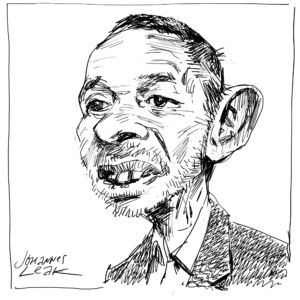

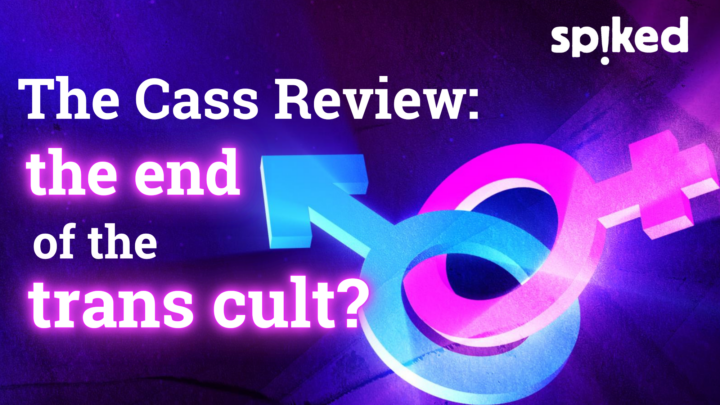
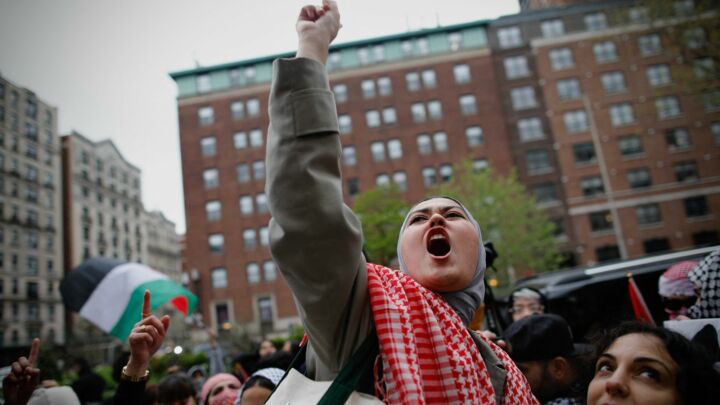



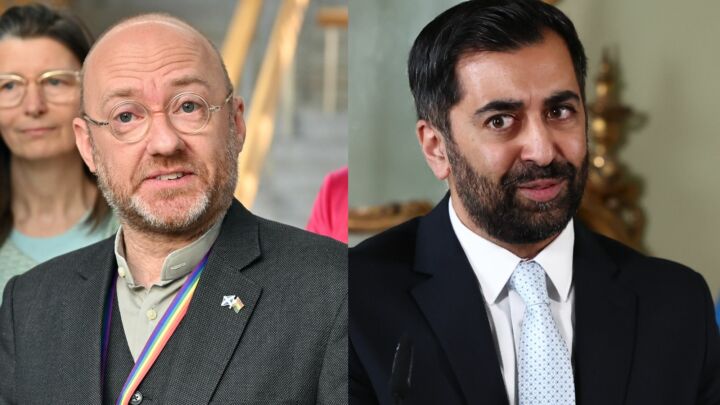

Comments
Want to join the conversation?
Only spiked supporters and patrons, who donate regularly to us, can comment on our articles.